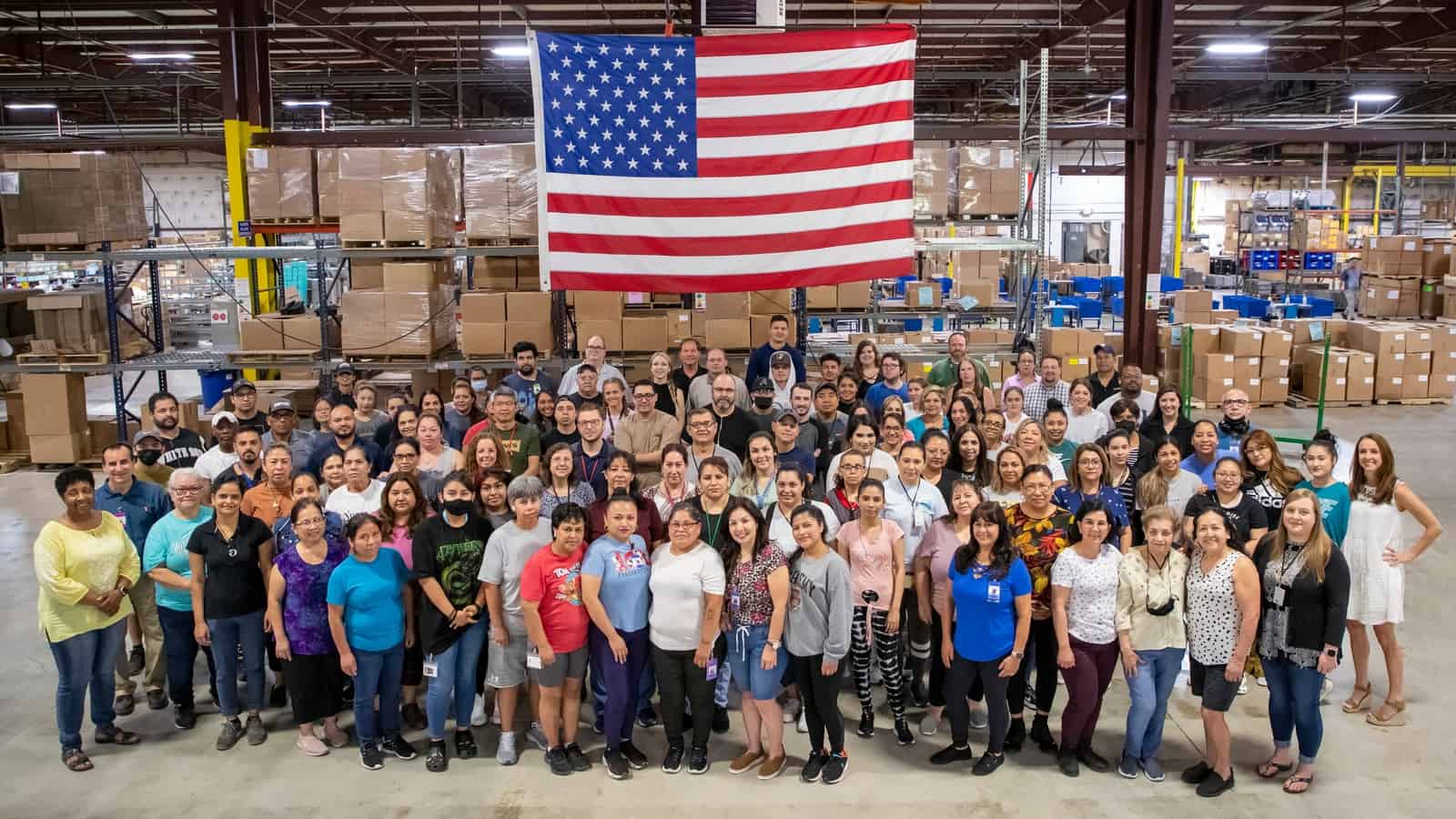A Footwear Company Strives for Circularity

Within the footwear business, Okabashi is unique. The company, based in Buford, Georgia, is not only a family-owned company focused on sustainability, but also, according to the company’s leadership, producing part of the 1% of footwear still made in the United States.
For third-generation shoemaker Sara Irvani, this choice to build a sustainable and successful business in the U.S. was made possible only thanks to constant research and development.
The backstory: Irvani’s family started the company 40 years ago, and it always tried to reduce waste, both for the positive environmental impact as well as to improve its bottom line.
- “By developing closed-loop manufacturing processes, we were able to reuse some of the materials that otherwise might have gone to waste,” said Irvani. “That helped us stay more competitive—and from there we’ve developed innovations in processes and systems and materials that build on that foundation.”
The process: Okabashi’s sustainable processes extend throughout the product lifecycle—from incorporating recycled or biological elements (like soy) that ensure products last longer to preventing disposable waste to recycling post-consumer shoes into new ones.
- “When we look at sustainability of a product, we do it holistically—we look at what it’s made of, where it’s made, how it’s made, the lifecycle, the quality—and we’ve been able to innovate and develop so that our manufacturing process doesn’t create waste,” said Irvani.
- “Without R&D, we would not only be creating the additional cost basis of throwing away all those scraps, but we would also not be able to eliminate waste that is by default landfill or ocean bound.”
The circular economy: In the traditional, linear economic model, inputs go into production, a product reaches a consumer, the consumer uses the product and eventually throws it away. In contrast, Okabashi is working to perfect a circular economic model for its products, said Irvani.
- “If you are designing for circularity, you might use renewable and recycled resources, develop them into that same product with a level of quality that lasts longer, and when the customer is ready to move on, it can be remade into something else,” said Irvani. “That’s how the loop continues. When we talk about circularity, we’re creating that virtuous cycle.”
The homegrown production: Okabashi’s R&D efforts both help it stay in the United States by keeping costs down and require domestic production to work.
- “To remake and recycle a product into something new, you need to have local production,” said Irvani. “You can’t be sending things halfway across the world to be unmade and remade and sent back. That’s why R&D locally and domestically is so important, to help produce circular systems.”
The local benefit: Irvani is quick to point out that money spent on R&D creates significant financial benefits for local communities.
- “There’s a multiplier effect for commercially oriented R&D in terms of the jobs it can create and the impact on the local economy,” said Irvani. “You get a very strong return on investment for both the company and for the community.”
The global perspective: R&D is essential for U.S. companies competing with manufacturers abroad, Irvani added.
- “For U.S. manufacturing broadly, R&D is critical to stay at the forefront of the innovation curve,” said Irvani. “Unless we’re proactively investing and developing new and better ways of doing things, we won’t be globally competitive.”
The last word: “It is imperative industry and retail move toward a circular-based economy,” said Irvani. “That’s not something that just happens or falls from the sky. Consumers are demanding it, and R&D is our pathway to that future.”
